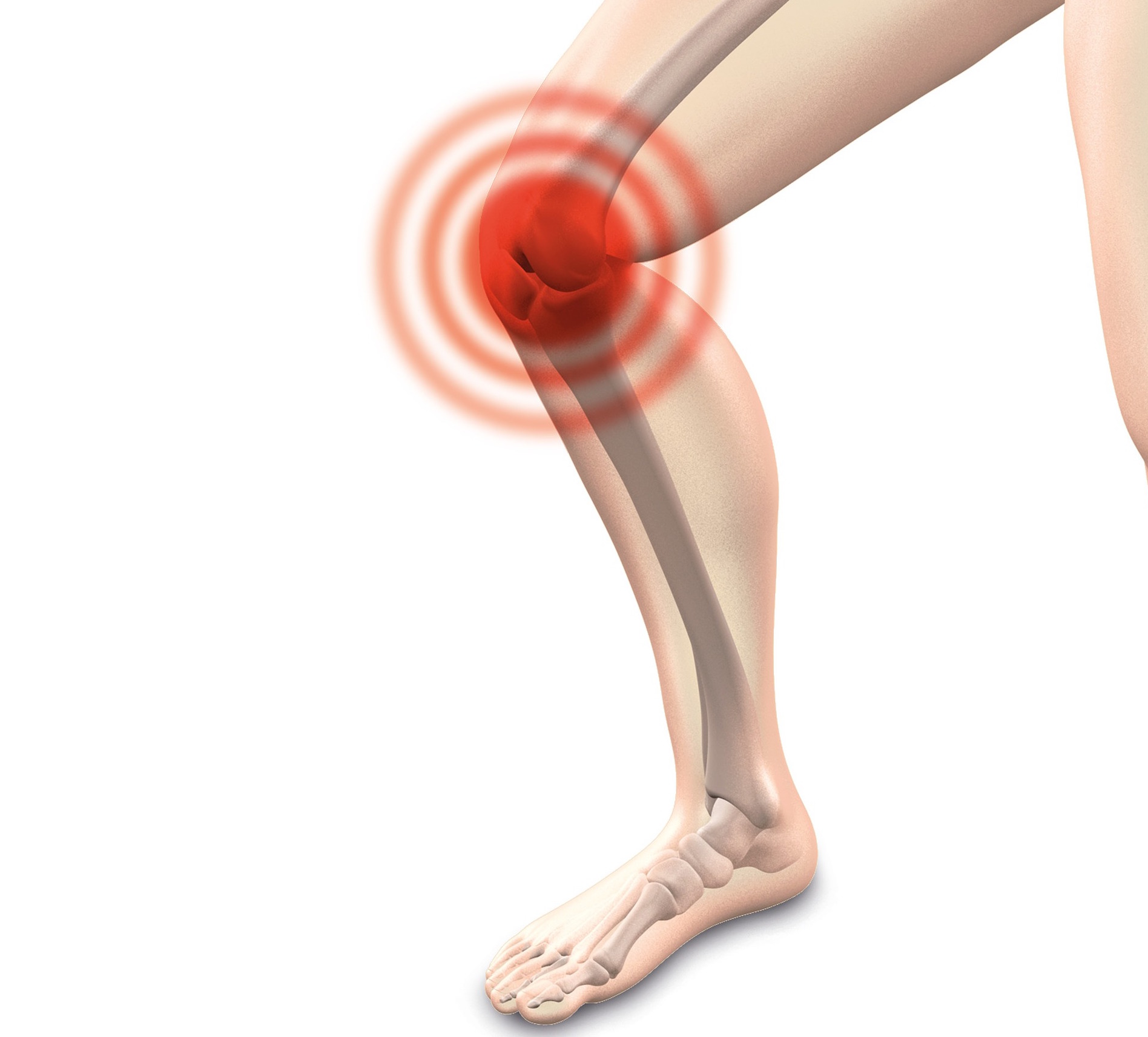Knee injuries affect over ten million people a year; most of them are amateur runners. Since the general symptoms of various knee injuries are the same (pain, swelling, loss of motion, and so on), many people treat these injuries in the same way. However, the knee is not one muscle but a complex web of bones, cartilage, tendons, and ligaments, so each injury is a little different. Furthermore, failure to properly address a knee injury often leads to significant issues down the road. Notes Doctors 4 U. Common knee injuries include:
Patellofemoral Pain Syndrome
PFPS, or runner’s knee, is the most common knee injury among fitness runners. The patellofemoral joint is located under the kneecap and is primarily responsible for lengthening the quadriceps muscles during running. Largely because of this significant function, the joint must bear up to eight times a runner’s body weight. This strain alone is sometimes enough to trigger runner’s knee, especially if the athlete’s gait is improper or his/her hip muscles are underdeveloped.
Typically, symptoms present as a gradually-building pain that is limited to the kneecap area. The discomfort usually gets worse when the knee is under additional stress, perhaps while ascending stairs or after prolonged sitting. PFPS sufferers also often report unusual joint noises, such as cracking or popping.
The best PFPS treatments actually have nothing to do with the knee itself. Instead, try some of these hip strengthening exercises. Shortening your stride and taking more steps might help as well, and so will running uphill (use a treadmill to simulate uphill running).
ITBS
IT Band Syndrome may be almost as common as PFPS. The two conditions are quite similar. Largely because of weak hip muscles, old running shoes, or an improper gait, the repetitive running motion causes the IT Band to rub against the femur (leg bone), causing rather intense lateral movement knee discomfort. However, unlike PFPS, IT Band syndrome sometimes appears to get better on its own, because the pain completely disappears only to return later.
In addition to hip exercises, kneecap massages are a good idea as well, because this injury affects so much soft tissue. You can find the best cream for knee pain to enhance massages as well as provide temporary pain relief either online or in your local pharmacy or big box store.
Other Common Injuries
Primarily due to the advancing average age of runners, overuse injuries are not the only risk. Degenerative conditions, such as meniscus tears, are often problematic as well. Along with cartilage, the meniscus is the primary shock absorber of the knee, and it weakens with age. Meniscus tears significantly increase the risk of arthritis, so these injuries are not to be taken lightly.
If the symptoms are limited to pain and swelling along one side of the joint, the injury is treatable through the RICE method, which is:
-
Complete rest of the affected knee,
-
Ice for at least twenty minutes per session three or four times a day,
-
An Ace bandage, KT tape, or other compression, and
-
Elevating the knee above the heart.
Once the injured knee looks, feels and acts exactly like the uninjured knee, it is probably safe to resume normal activities.
If a locking sensation accompanies the swelling and pain, consult a doctor or orthopedic surgeon, because the torn meniscus may have lodged in the joint. This degree of tear often requires surgery, because these injuries do not heal on their own.
Older runners are also at risk for patellar tendinitis since over time, the knee tendons become less and less flexible so they must work progressively harder. Knee tendonitis most commonly affects the tendon which connects the shin bone with the patella (kneecap). In addition to age and activity, obesity, weak hip muscles, and poor shoes also contribute to knee tendonitis.
This injury has some unique symptoms that make it a little easier to identify. Tendonitis pain essentially presents sporadically as opposed to continually. Moreover, there is usually a burning sensation along with the normal discomfort.
A doctor or trainer should examine the injury to determine its severity. The RICE recovery method, along with some tendon stretches and strengthening exercises usually treats mild or moderate tendonitis. Severe cases may require injections, and in rare cases, surgery.
Knowing why a knee is injured, and how to overcome said injury, should significantly accelerate the recovery process, so you can return to your treasured running routine.















